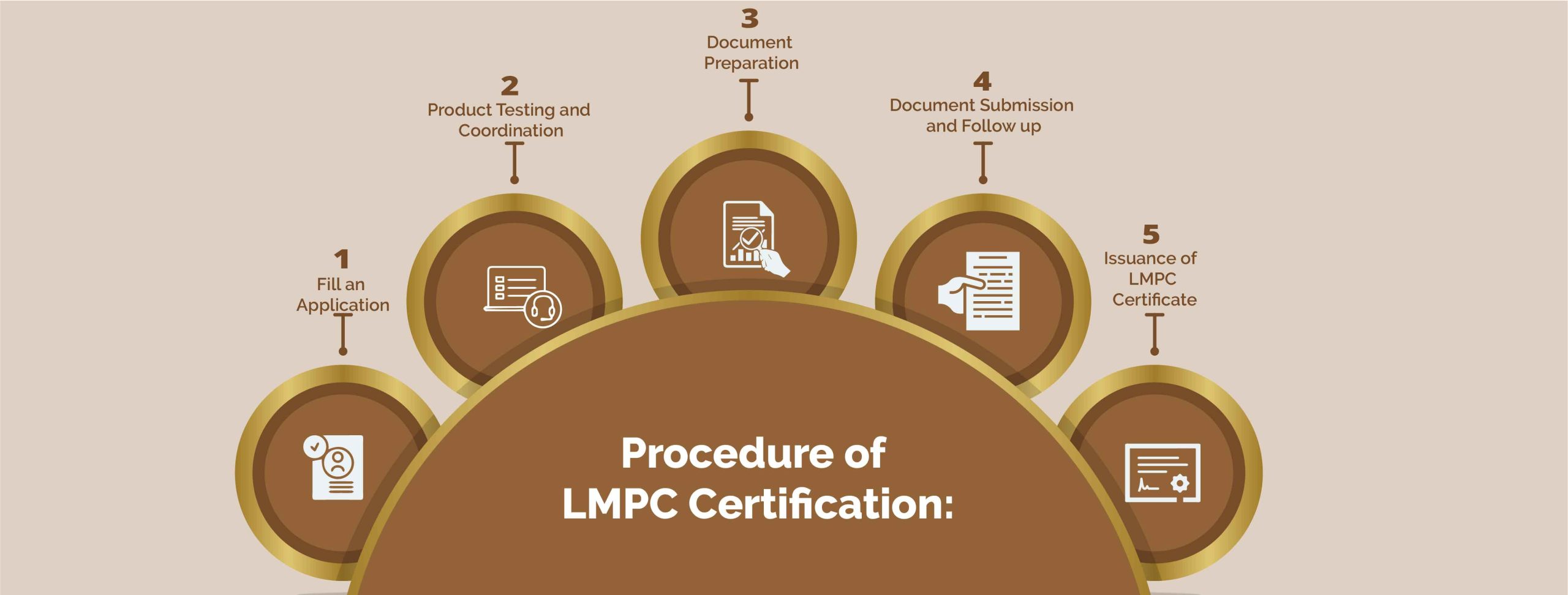Legal Metrology
The implementation of regulatory obligations to surveys and measuring devices is known as legal metrology. It is a section of the Department of Social Services in India, and it is overseen by the Ministry of Consumer Affairs, Food, and Social Welfare. The Legal Metrology Act of 2009, which was announced on the 31st of January 2011 and went into effect on the 1st of April 2011, created this section. The goal of Legal Metrology is to provide public assurance in terms of security and reliability of weights and dimensions.
Under the Legal Metrology Act of 2009, there are some major stakeholders.
➢ Indian Manufacturer
➢ Importer
➢ Packer
➢ Dealer
➢ Repairer
Product Weight & Dimensions
All of the licenses and credentials listed below are only for products that deal with weight and measurement, such as weighing devices, infrared thermometers, blood pressure machines, smartwatches, body fat monitoring computers, length testing methods, ability measuring instruments, fuel dispensers, electronic scales, and tank lorries. In general, they must complete five stages of registration with the LM department, as shown below:
Approval model for section 22
A maker or distributor of any weights, measurement, or measuring device must get the Directorate of Legal Metrology, Government of India, to approve the design. Evaluation of a specific product will be undertaken in any authorized RRSL/NPL lab as a component of the prototype approval procedure, and a test report will be sent to the LM division. The certification of pattern authorization will be issued if all of the essential requirements have been met.
Section 19 importing license/registration
Individuals, firms, and legal entities bringing weights and measurements items into the Indian customs area must obtain the aforesaid permission from the Legal Standardization Administration.
Certification of the package as commodities under Rule 27
Those commodities are accessible in a pre-packaged form on the market, regardless of whether they are intended to be used as weighing/measuring goods or non-weight goods. The Legal Metrology (Packaged Commodities) Rules apply when a commodity is enclosed in a package of any kind, has a predetermined amount, and was wrapped without the presence of the customer.
Section 23 of the Dealership Act grants a dealer’s license
If a corporation engages in the dealing, purchasing, renting, or distributing of scales and measurements products, they must obtain this license.
Verification and stamping
After the candidate has completed the prototype certification and dealership licensing, they can submit for weight or measurement product verification and stamping. The step is to compare, examine, test, or change weight or measure to confirm that it meets the standards is known as confirmation. Before employing such goods for any type of protection or commerce, they must be checked by a statutory measurement authority.
Weightless Product (Packaged Commodities Rule, 2011)
Non-weight products are those that aren’t used during measurements, such as food, electrical devices, consumer durables like TVs and air conditioners, and non-durable goods like cleaning supplies and cosmetics. If certain products are offered in a pre-packaged form on the marketplace, the relevant Importer/Manufacturer/Packer company must get a packaging commodities certification for these products.
PROCEDURE OF LMPC CERTIFICATION

Specifications for Labels
The compulsory statements needed on a package that has been supplied and is available for purchase are as follows:
➢ Importer/packer/name manufacturers and location
➢ The product’s conventional and scientific names.
➢ Volume Weight: expressed in terms of N (number) and U (Standard Unit) in Metric Notation, e.g. kg, g, l, ml, etc.
➢ Manufacturing/Packaging/Importing Month and Year
➢ MRP (Maximum Retail Price) Rs………. (Inclusive of All Taxes)
➢ Manufacturer/packer/importer customer service/contact number/email
➢ In the case of imported items, the country of origin.
➢ When necessary, measure in centimeters or millimeters.
➢ Proclamations on the size of individual products
➢ In some situations, declarations regarding size and weight must be put on packages.
➢ It is necessary to provide a declaration regarding the number of usable sheets.
➢ Declarative statements about the dimensions of containerized goods.
